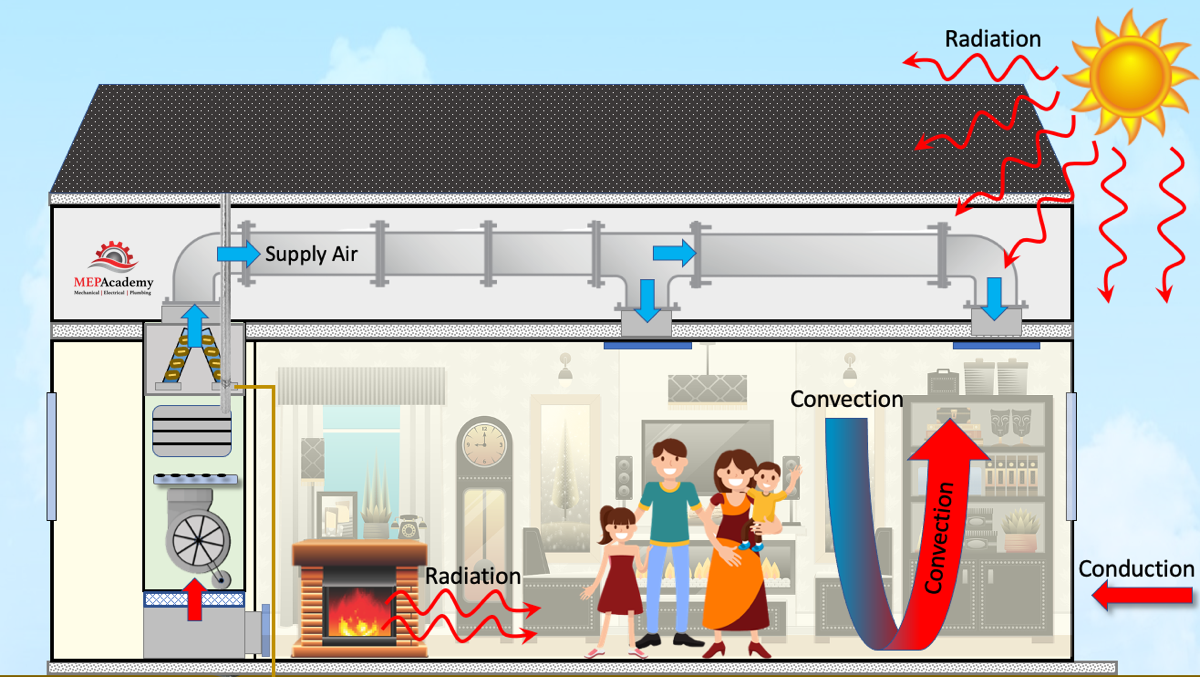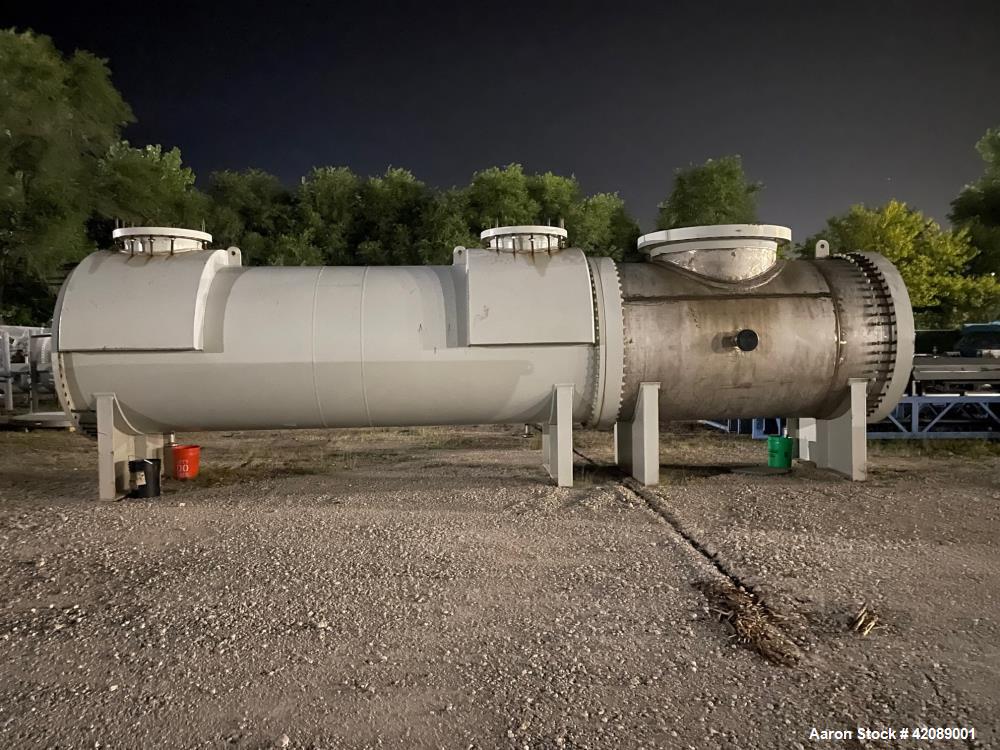Developments in Heat Transfer Solutions: What You Need to Know for Ideal Efficiency
Developments in Heat transfer systems are changing performance across various markets. Advanced materials like graphene and nanofluids assure significant enhancements in thermal conductivity. On the other hand, the combination of IoT and artificial intelligence offers chances for real-time monitoring and improved energy efficiency. The landscape of thermal monitoring is swiftly evolving. Understanding these growths is vital for attaining suitable system performance and sustainability in the future. What particular improvements are forming this improvement?
Arising Products for Enhanced Heat Transfer

Advanced Heat Exchanger Styles
While standard Heat exchangers have offered their purpose in numerous applications, progressed layouts are currently arising to fulfill the enhancing demands for performance and efficiency. These cutting-edge layouts, such as plate, shell-and-tube, and finned-tube Heat exchangers, integrate improved area and boosted circulation patterns to raise thermal transfer rates. In addition, portable styles permit decreased room needs without compromising effectiveness. Advanced materials, such as compounds and corrosion-resistant alloys, furthermore improve durability and performance under extreme conditions. Simulation innovations and computational fluid characteristics are progressively used to improve these styles, making certain peak Heat transfer features. As markets look for to lessen energy usage and make the most of outcome, the adoption of sophisticated Heat exchanger designs is critical in attaining these goals.
The Function of Nanotechnology in Heat Transfer
Nanotechnology plays a necessary duty in improving thermal conductivity within Heat transfer systems. By controling products at the nanoscale, scientists have actually attained substantial renovations in energy effectiveness. These innovations not only maximize efficiency however also contribute to even more lasting power services.
Enhanced Thermal Conductivity
Significant improvements in thermal conductivity have actually emerged with the application of nanotechnology, reinventing Heat transfer systems throughout various markets. By incorporating nanoparticles right into Heat transfer fluids and products, researchers have actually achieved remarkable rises in thermal conductivity. These nanoparticles, such as carbon nanotubes, graphene, and metal oxides, improve the Heat transfer homes due to their high area and distinct thermal attributes. The resulting composites exhibit improved performance in applications varying from electronics cooling systems to sustainable energy innovations. Furthermore, the capacity to customize the dimension, shape, and make-up of nanoparticles permits optimized thermal administration services. Consequently, nanotechnology continues to play an essential function in the growth of much more effective and reliable Heat transfer systems, leading the means for enhanced industrial applications.
Power Performance Improvements

Assimilation of IoT in Heat Transfer Solutions
The integration of IoT in Heat transfer systems presents the execution of wise sensing units that boost operational performance. These sensors make it possible for real-time data surveillance, permitting for instant modifications and optimizations. This technological innovation has the possible to significantly improve efficiency and power administration in Heat transfer applications.
Smart Sensors Execution
As Heat transfer systems advance, the combination of smart sensors via the Web of Points (IoT) has emerged as a transformative approach. These sensing units allow real-time surveillance of stress, temperature level, and circulation prices, enhancing system efficiency and dependability. By gathering and transferring data, they facilitate positive maintenance, minimizing the danger of system failures. Additionally, wise sensing units add to power cost savings by refining functional criteria based upon environmental conditions. Their capability to assess trends and anomalies permits informed decision-making, making sure peak performance of Heat transfer systems. As markets increasingly adopt this modern technology, the application of clever sensing units stands to change how Heat transfer systems are handled, paving the method for higher sustainability and boosted performance end results.
Real-Time Information Tracking
Exactly how can real-time information checking improve the efficiency of Heat transfer systems? By incorporating Internet of Things (IoT) innovation, Heat transfer systems can utilize constant data collection from wise sensors. This real-time monitoring enables instant analysis of temperature, pressure, and circulation rates, making it possible for operators to determine inadequacies without delay. Adjustments can be made to maximize efficiency, lower energy consumption, and extend tools lifespan. Additionally, predictive upkeep can be implemented, minimizing unexpected downtime and expensive repair work. The ability to visualize efficiency metrics via dashboards enhances decision-making, fostering a proactive approach to system monitoring. Eventually, real-time information keeping track of not just improves functional effectiveness yet also adds to sustainability objectives within industrial processes.
Power Effectiveness and Sustainability Trends
Energy performance and sustainability patterns are improving the landscape of Heat transfer systems, driving development and compliance throughout various markets. Organizations are increasingly prioritizing energy-efficient styles to minimize operational costs and lessen environmental influences. The assimilation of eco-friendly energy resources is coming to be extra prevalent, allowing Heat transfer systems to operate sustainably while click here to find out more fulfilling regulative needs. Additionally, innovations in modern technologies and products promote lower energy consumption and boost overall performance. Lifecycle evaluations are additionally obtaining traction, permitting companies to assess the environmental influence of Heat transfer systems from production to disposal. This emphasis on sustainability not just supports corporate obligation yet likewise placements organizations competitively in a market where consumers increasingly prefer environmentally friendly solutions. Consequently, energy performance and sustainability remain essential considerations for future advancements in Heat transfer modern technology.
Innovations in Thermal Management Solutions
While the demand for reliable Heat transfer proceeds to climb, developments in thermal administration options are emerging to address both performance and sustainability obstacles. Advanced products, such as stage change materials and nanofluids, are being developed to enhance Heat transfer effectiveness - DVS Heat Transfer Systems. These products improve thermal conductivity and enable much better temperature level law in different applications. Additionally, modern technologies like energetic thermal control systems are obtaining grip, allowing real-time straight from the source adjustments to take care of Heat flow effectively. These systems contribute to power savings and minimize the ecological impact of thermal processes. The integration of IoT in thermal monitoring promotes monitoring and predictive upkeep, making certain maximized performance and durability of Heat transfer systems. Overall, these developments stand for considerable strides towards even more sustainable thermal monitoring methods
Future Instructions in Heat Transfer Modern Technology
Arising improvements in thermal monitoring options signal an appealing future for Heat transfer modern technology. Scientists are significantly focusing on developing materials with premium thermal conductivity and boosted energy effectiveness. Innovations such as nanofluids, which contain put on hold nanoparticles, offer substantial enhancements in Heat transfer efficiency. Additionally, the integration of clever materials that adapt to differing temperature conditions is gaining traction, enabling even more effective and receptive systems. The surge of additive production strategies is likewise allowing the design of complicated Heat exchanger geometries that enhance fluid flow. In addition, the application of device learning algorithms is expected to change the optimization of Heat transfer systems, facilitating anticipating maintenance and performance improvement. Collectively, these advancements are poised to transform the landscape of Heat transfer modern technologies in different industries.

Regularly Asked Concerns

How Do I Select the Right Heat Transfer System for My Application?
Choosing the ideal Heat transfer system involves examining application needs, consisting of temperature ranges, fluid homes, and performance demands. Examining system types, maintenance considerations, and cost-effectiveness additionally plays a crucial role in making a notified choice.
What Are the Maintenance Needs for Advanced Heat Exchangers?
Upkeep requirements for sophisticated Heat exchangers normally consist of normal examinations, keeping track of for leakages, cleansing of surface areas, and ensuring optimal flow prices. Complying with supplier guidelines guarantees effective procedure and prolongs the devices's life expectancy.
Just How Do Ecological Factors Impact Heat Transfer Effectiveness?
Ecological aspects considerably affect Heat transfer efficiency. Variations in temperature level, humidity, and air movement impact thermal conductivity and convective Heat transfer, eventually affecting system performance and demanding factor to consider during the layout and operation of Heat transfer systems.
What Safety Specifications Apply to Heat Transfer Systems?
Safety criteria for Heat transfer systems generally consist of standards from organizations such as ASME and ASTM. DVS Heat Transfer Systems. These criteria address materials, design, and functional practices to ensure integrity, efficiency, and protection against hazards in numerous applications
How Can I Fix Usual Heat Transfer System Issues?
Fixing usual Heat transfer system issues involves inspecting for leakages, ensuring correct fluid flow, evaluating insulation integrity, and confirming temperature level differentials. Determining these elements can aid maintain system effectiveness and prevent more difficulties.
Nanotechnology plays a necessary function in boosting thermal conductivity within Heat transfer systems. Significant improvements in thermal conductivity have arised with the application of nanotechnology, transforming Heat transfer systems across various sectors. Developments in thermal conductivity through nanotechnology have actually paved the method for exceptional renovations in power performance within Heat transfer systems. Energy performance and sustainability trends are reshaping the landscape of Heat transfer systems, driving development and compliance across browse this site different industries. The assimilation of IoT in thermal monitoring helps with monitoring and predictive upkeep, making certain optimized efficiency and longevity of Heat transfer systems.